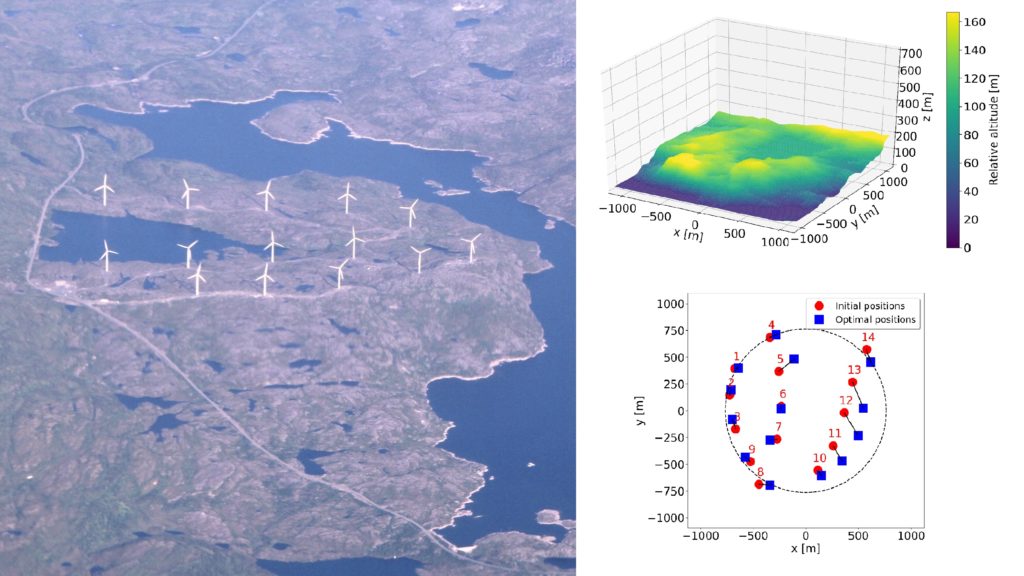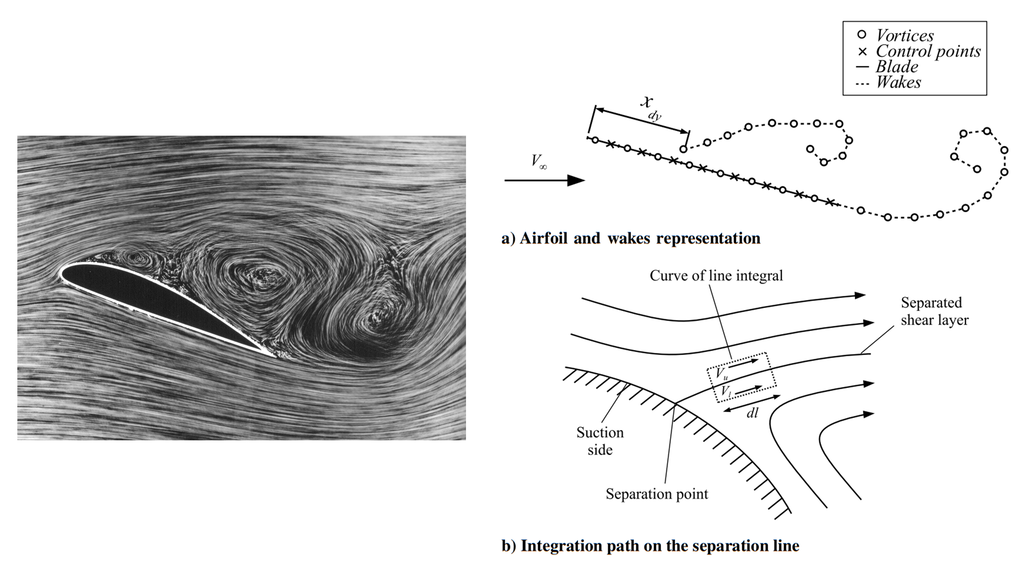Research
Climate-resilient net-zero-emissions energy systems
Climate change and reliance on fossil fuel pose serious risks to ensure clean and secure energy systems. Decarbonizing the power sector, combined with a larger use of renewable energy technologies, is key to mitigating climate change, reducing reliance on fossil fuels, and increasing energy access and security. A wider use of low-carbon energy sources, like wind and solar, is however expected to exacerbate the exposure of national power systems to meteorological variability and climate change. The objective of this research is to assess and enable the reliability of deeply decarbonized power systems that rely on low-carbon energy generation under rising climate risks. I investigated the role of distributed wind and solar generation in meeting electricity demand and revealed the importance of system flexibility in driving optimal siting (Antonini et al. 2021c, 2022). I also contributed to analysing how the number of years of past weather data used in designing least-cost systems relying on wind, solar, and energy storage affects resource adequacy (Ruggles et al. 2024).
Geophysical constraints on global and regional wind power

This research aims at understanding the physics of wind power extraction for regional-scale wind farms, which physical parameters control their power extraction, and, more generally, the availability and reliability of wind power on a global scale. The geophysical limit to maximum power density of large wind farms (regional scale) is related to the rate of replenishment of kinetic energy removed from the atmosphere by wind turbines. By means of both numerical atmospheric simulations and analytic expressions, I unmasked how atmospheric pressure gradients and the latitude-dependent Coriolis parameter control the power density of large-scale wind farms (Antonini et al. 2021a). I also identified the length scale at which a wind farm reaches its generation limits. This analysis provides a better understanding and a physical explanation to the scalability of wind farms and defines spatial constraints in large scale expansion of wind power plants (Antonini et al. 2021b). Lastly, I identified reliable locations for wind power generation through a global analysis of wind droughts (Antonini et al. 2024).
Optimization of wind farm layouts for increased energy generation

The siting of wind turbines when developing a new wind farm is a critical aspect in the design of these systems. Wind turbines, as they extract kinetic energy from the wind, create wakes that affect downstream turbines and can decrease the farm annual energy generation. To address this problem, I conducted research on computational modeling and design optimization of wind farms. My contributions have furthered accurate modeling of wake effects in wind farms and CFD-based layout optimization. I analyzed the effect of turbulence modeling on CFD simulations of wind turbine wakes and provided useful insights and recommendations for their use (Antonini et al. 2016, 2018a). Moreover, I revealed the contribution of wind direction uncertainty to the discrepancies usually found between CFD predictions of wake wind speed and field measurements (Antonini et al. 2019). To optimize wind farm layouts and integrate CFD models in a design methodology, I developed and implemented an innovative adjoint method for gradient calculations within the framework of a gradient-based optimization (Antonini et al. 2018b). The developed optimization methodology integrated CFD models and overcame the high computational costs of a CFD-based optimization. This unique methodology enabled for the first time the optimization of wind farms in complex terrains with realistic ambient conditions and flow structures (Antonini et al. 2020). Lastly, I contributed to the development of an innovative wind farm layout optimization algoritm based probabilistic inference (Dhoot et al. 2021) and to the prediction of wind farm wake losses with deep convolutional neural networks (Romero et al. 2024).
Computational modelling of wind turbine aerodynamics

The simulation with numerical models of the aerodynamic behavior of wind turbines is a critical aspect for the optimal design of these energy conversion devices. During my MSc program, I was engaged in computational modeling of both horizontal and vertical axis wind turbines. Their design methods are usually based on blade element-momentum theory, which in turn relies on the accuracy of the airfoils’ aerodynamic lift and drag curves. To assess their accuracy, I reviewed and compared four widely used aerodynamic coefficient databases for vertical axis wind turbine simulations and provided practical guidance to wind turbine designers for different rotor sizes and working conditions (Bedon at al. 2014). I also developed models based on vortex theory to analyze the rotor performance of these machines and establish new and reliable design procedures. An innovative vortex model that I proposed was used to simulate the complex dynamic stall behavior of turbine blades and provided excellent agreement with experimental data at a reduced computational cost (Antonini et al. 2015).
